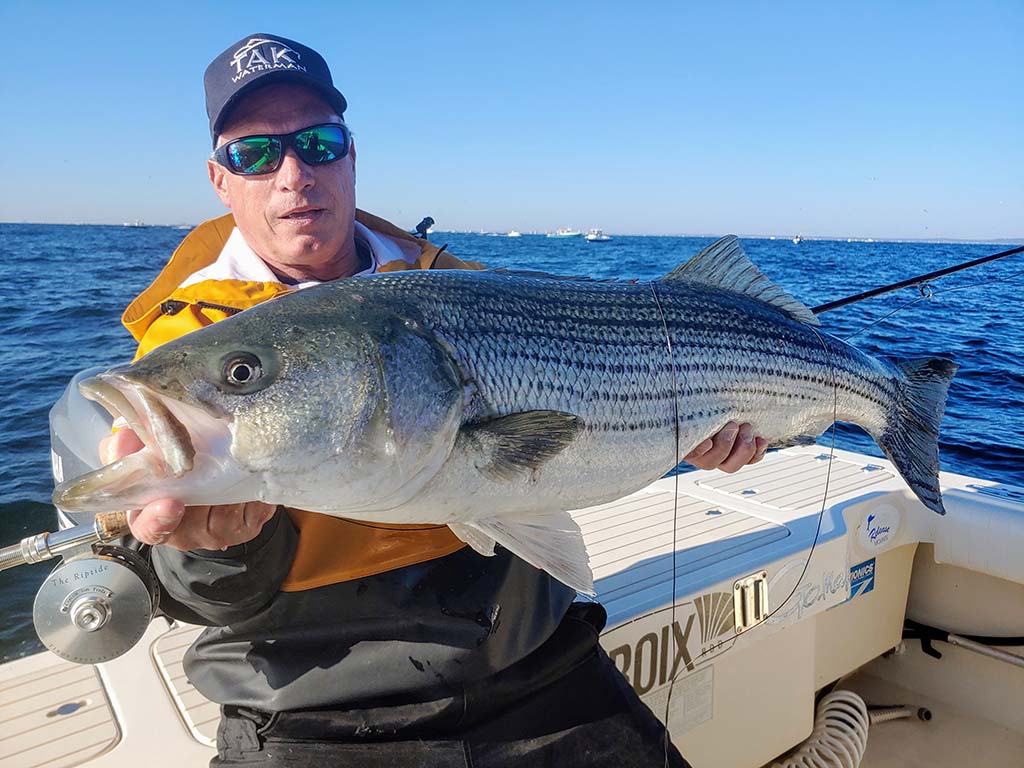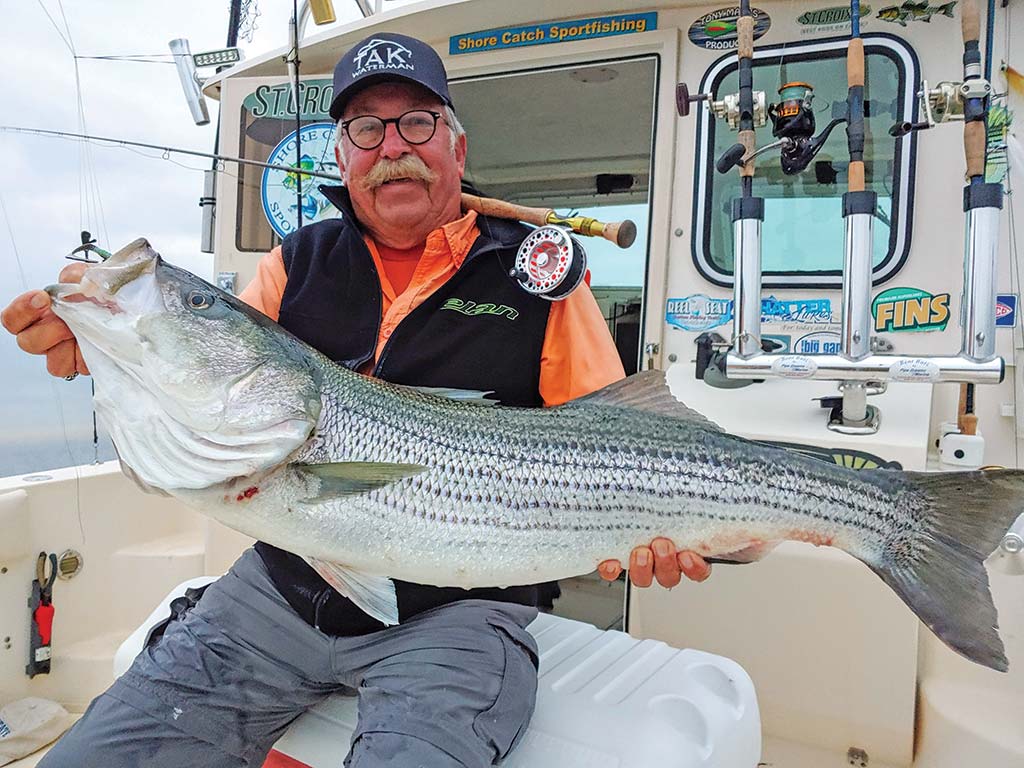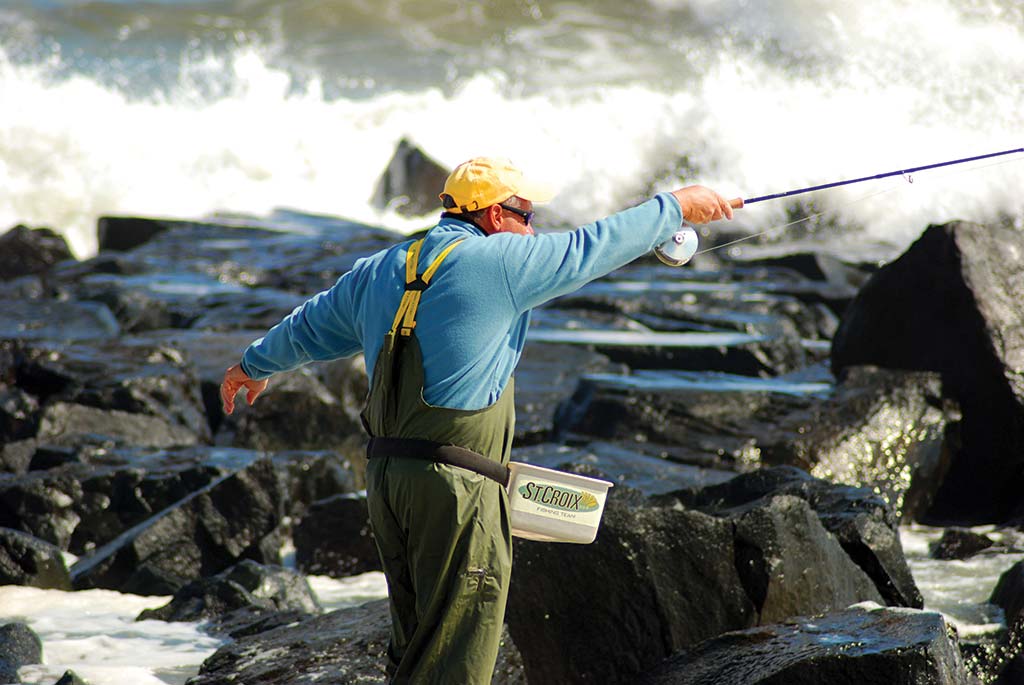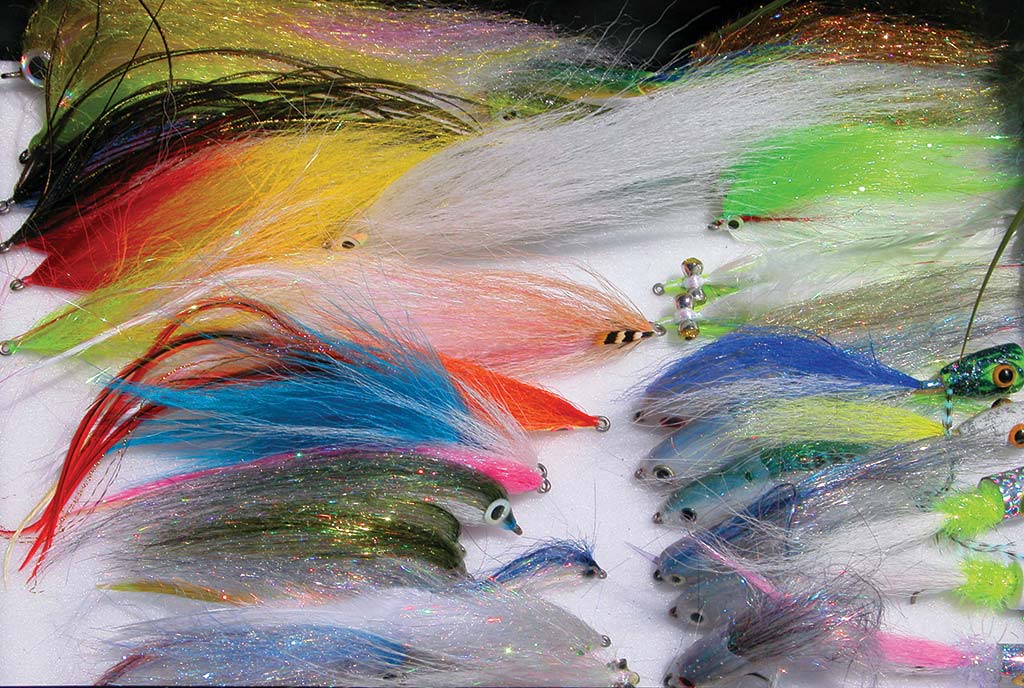
Presentation, retrieve and fly selection are key to you becoming a competent fly angler.
As a fly angler, I always approach the start of a new season optimistically thinking that this year’s catch will out produce last years. It is always a time for me to rethink what I did right and even more importantly, what I did wrong the season before.
I for one will look back on my logbook and measure how effective my time spent on the water actually was. Did I have a good cast to strike ratio in the many varied situations that I fished? On the other hand, was I contempt with just casting a bad day off with the rational that the fish were not there or that they just weren’t biting. Not catching fish when I think I should be can be very frustrating to say the least.
To be a fly angler that hooks into fish consistently means being ready to adapt to different conditions as they present themselves. This may require using a different line type, tying on different flies to emulate baits, or utilizing a different retrieve. Acquiring knowledge in all three of these areas is part of the learning process. Let’s look at what I mean.

Prepare To Adapt
When I look at an expanse of water where I know fish are present, putting the fly where the fish are is going to be dependent in part on the fly line that I have selected. Your skills as a caster will also be important here. As a charter captain, I have found it extremely advantageous to be rigged and ready with as many rods as I can comfortably carry. Each rod is rigged with a different line type and with a different fly that could be selected to match the bait that is present.
On my 28 Parker, I have eight fly rod holders that are strategically placed to hold rigged and ready rods in a safe place. What this allows me to do then is to assess a situation and then pick the right tool for the right job. There is no delay, no re-rigging, no changing spools, or changing heads. Being rigged and ready saves me time, keeps the flies in the water for more time, and keeps me from having to worry about missing a shot at fish when they come up quickly. It also prevents the stumbling and sometimes difficult task of re-rigging when the wind is blowing or when the conditions are rough and the boat is bouncing.
This rigged and ready method has produced fish for me when maybe I might have missed them. A good example is when a pod of albies comes up around the boat and casting right into them produces no strikes. It can be very frustrating, as strip after strip with different types of retrieves right through the fish doesn’t produce a strike. In a case like this, I will look to change the fly so I quickly hand my client another rod that is ready to go. If no strike results with my choice of rod and fly then my client gets another one.
Actually, when I am strictly targeting albies in the fall, all of my eight rods are rigged and ready to go with different line types and different albie catching flies.

Choosing Your Lines
When starting out fly-fishing on your boat your workhorse line will be a 300-350 grain sinking line. This is because you will be fishing more in a vertical than horizontal plane for most situations. This doesn’t mean that intermediate and floating lines don’t have a place on the boat. They do. I would acquire these two lines next followed by acquiring an assortment of heavier lines such as 400-450 grain lines with an integrated intermediate running line. Having heavier lines on board will also allow you to maintain moderate depths when the drift is fast.
In the surf, many fly anglers will choose a cold-water weight-forward intermediate line as their work horse line and fish this line throughout the season. While this will cover many of your surf needs, it would not fit the bill for all situations to get you in the strike zone all of the time. Remember, it is your line that will put your fly at the level of the fish in the strike zone. As you progress through this sport, I would recommend that you begin to compile as many different types of lines as part of your arsenal each rigged on individual rods.
The second line to acquire and put on a rigged rod is a sinking line in the 300-350 grain weight. This line will sink at the rate of approximately six inches per second and be useful when fishing deeper holes, drop-offs, cuts, rips, and moderately strong currents that can exist along the beach or jetty. With proper casting technique, this line will also help in throwing larger flies and casting into a headwind.
A sinking line is more advantageous as a second line than a floating line because a good fly fisher can also fish top water with an intermediate line by coming tight to the fly quickly after the cast. However, eliminating a floating line from your arsenal would be a mistake. Add this line next. There are many instances particularly when wading back bay flats that a floating line will be necessary. By carrying all three lines rigged and ready on different rods, you are ready to cover all of the water in a vertical plane at any location.

Proper Presentation
Another key to your success in saltwater fly-fishing is going to rest with your presentation. You will need to look at three components of presentation that are in my opinion equally important. One is your fly. Does your fly emulate the bait in size, profile, and color? Matching the natural bait for the location that you are fishing is always a good starting point.
Another component is your retrieve. Are you imparting the correct movement to your fly so it mimics the natural movement of the bait? Having a working local knowledge of how your bait behaves will be important here. Thirdly, are you presenting your fly in the right place? In other words, putting the fly where the fish are. If you have the right fly and the correct retrieve but there are no fish where you have put your fly, then good results are going to be tough to come by.
As far as which flies to acquire, you can find one for every type of bait that swims in the ocean. Over time, your arsenal will accumulate into hundreds of flies. Nevertheless, if the only flies you ever fished in the salt were an olive and white clouser, deceiver, or Popovics’ Jiggy Fleye, you could catch every fish that there is to catch. This would include stripers, blues, weakfish, false albacore, bonito, mahi, Spanish mackerel, fluke, and tuna.
The next time you hit your favorite location and are not seeing the results that you expect, grab another rigged rod and give it a try.



